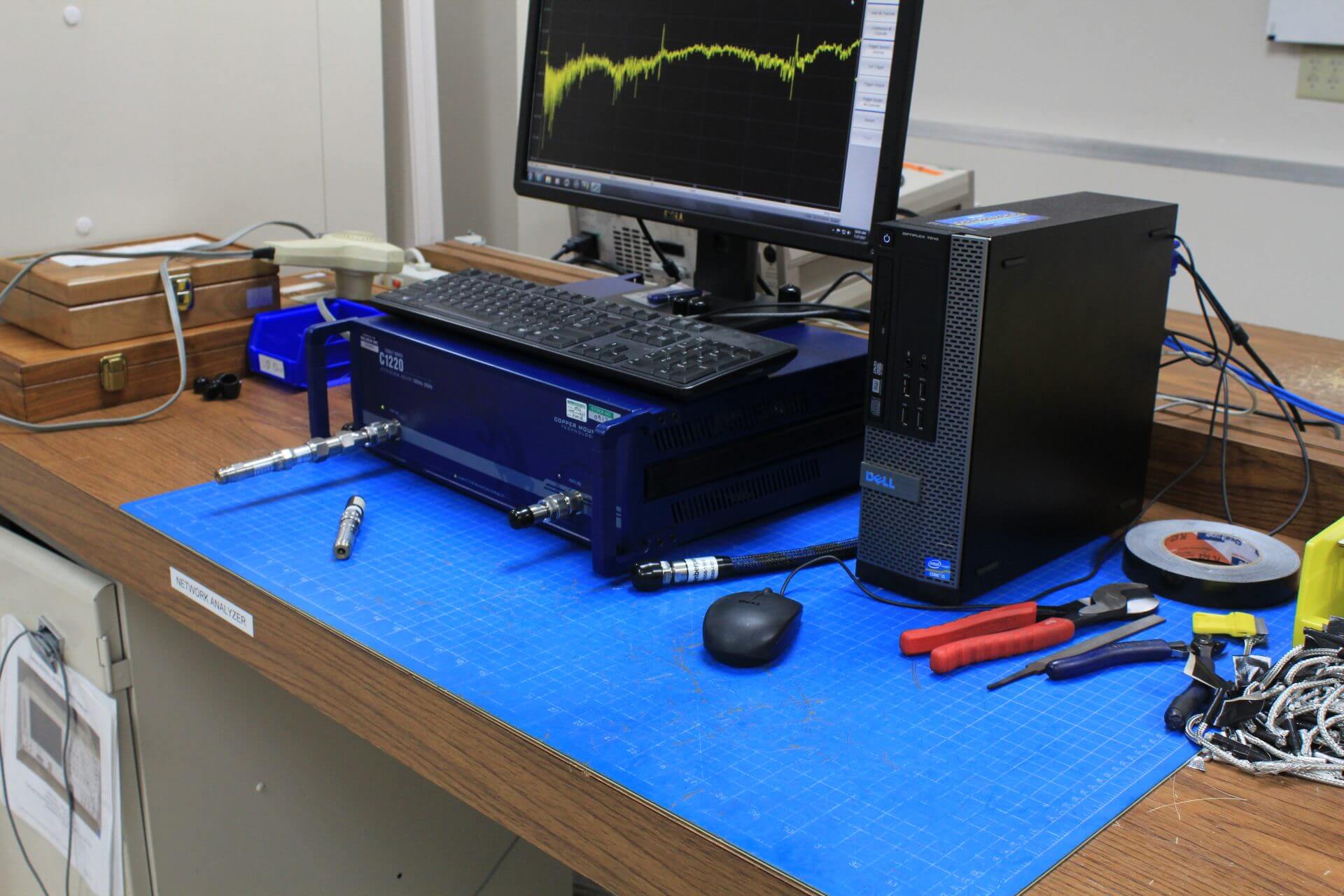
What is a Vector Network Analyzer?
August 28, 2023What is a Vector Network Analyzer
Using VNAs in Unique Applications
Using a VNA as Alternative Test Equipment
The purpose of a spectrum analyzer is to illustrate the spectral components of an applied signal. It is built to provide clear signal readings without side-lobes or false signals. Since a VNA is meant to measure the stimulus signal it creates and provide fast measurements, it isn’t optimized for this task. The IF filter of the VNA is optimized for speed where the final IF filter of the spectrum analyzer is optimized for spectral purity and therefore measures each frequency point more slowly.
As for using a USB vector network analyzer as a signal generator, the answer is a little more optimistic. It can provide an additional source for a test setup when one is not available. One example scenario is when an engineer might need a source for the LO to a mixer. Or another time might be if a power meter or spectrum analyzer functionality needs to be verified. If interested in learning more about when a VNA needs to be used as a signal generator, read the article here from Copper Mountain Technologies.
How Does a Vector Network Analyzer Work?
To expand upon the general working principle of a USB vector network analyzer, the VNA is a complex instrument. It takes the reflection and transmission signals received by the ports and can measure the impedance, amplitude, magnitude, and phase. There are a number of display formats available for viewing the results. For a more in-depth explanation of how a VNA works, you can watch this video or a webinar recording available for review on-demand.
Vector Network Analyzer Calibration: The Basics
The specifications given by vector network analyzer manufacturers are based upon specific calibration kit. For example, Copper Mountain Technologies’ VNA specifications are created by using an Automatic Calibration Module, or ACM. The VNA is only as good as the calibration kit used to calibrate it. If an ACM is not used, there are a number of calibration methods available, like SOLT or SOLR which may be applied using a mechanical calibration kit. CMT has created a number of assets to assist with different kinds of calibration for vector network analysis which can be accessed here.


